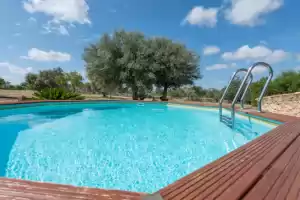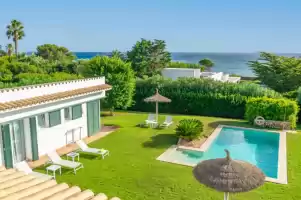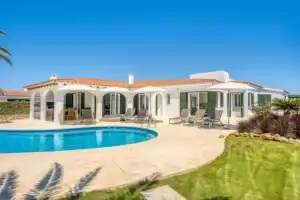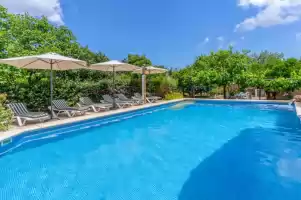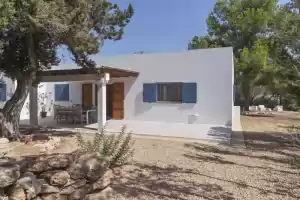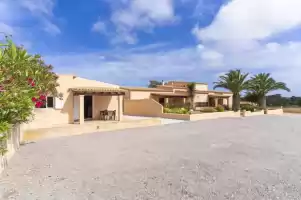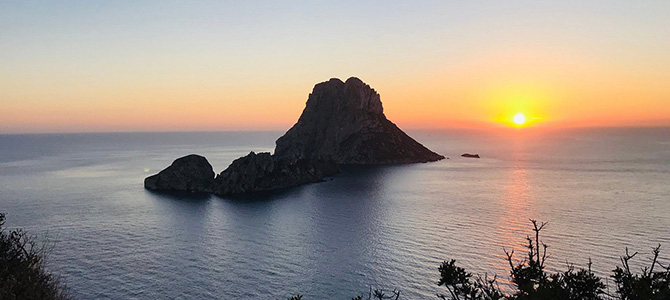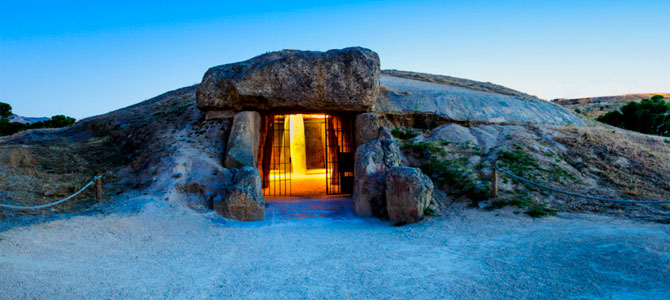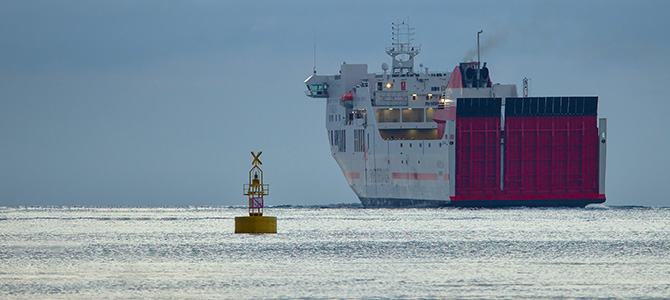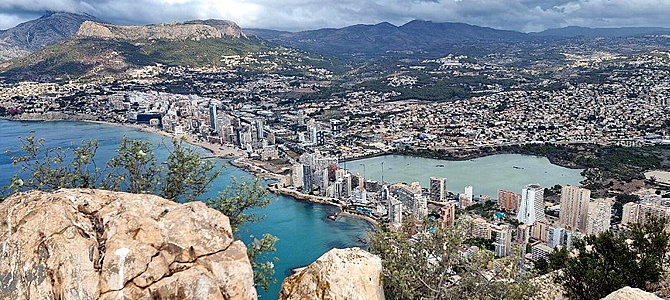The 1st of March is a special date in the Balearic Islands. It is not just a date on the calendar, but a celebration of everything that makes this archipelago unique. Mallorca, Menorca, Ibiza and Formentera dress up to celebrate Balearic Islands Day, a celebration that goes far beyond a public holiday. It is an opportunity to connect with the history, culture and traditions that have shaped these Mediterranean islands. Since 1983, this date commemorates the signing of the Statute of Autonomy and invites us to enjoy and value the essence of a place full of life, identity and heritage.
The History behind Balearic Islands Day
Balearic Islands Day has its roots in the recent history of the archipelago. On 1 March 1983, the Statute of Autonomy was signed, a milestone that marked the beginning of a new era for Mallorca, Menorca, Ibiza and Formentera. This document, renewed in 2007, not only granted the islands greater self-government, but also reinforced their cultural identity.
Autonomy has enabled the Balearic Islands to preserve and promote their traditions, language and customs, elements which today are a fundamental part of their tourist attraction. Balearic Islands Day is therefore a celebration of the diversity and unity of an archipelago that, despite its differences, shares a common history and culture.
How it is celebrated on the four
Balearic Islands Day offers a unique opportunity to discover the archipelago’s most emblematic official buildings, museums and sites. For approximately 15 days, many of these spaces hold open days, allowing visitors to explore and enjoy their valuable heritage.
Each of the islands that make up the Balearic archipelago has its own way of celebrating this holiday. Although they all share a common spirit, the traditions and events vary, offering a unique experience in each destination.
- Mallorca: The largest island of the archipelago is the epicentre of the celebrations. In Palma, its capital, the streets are full of life with gastronomic fairs where you can taste typical dishes such as sobrasada, ensaimada and tumbet. The programme of activities includes numerous exhibitions, as well as artistic and sporting events.
In addition, don’t miss the opportunity to visit some of the island’s most emblematic monuments, such as the Cathedral of Santa María de Palma (known as La Seu) or Bellver Castle, which usually offer special guided tours on this date.
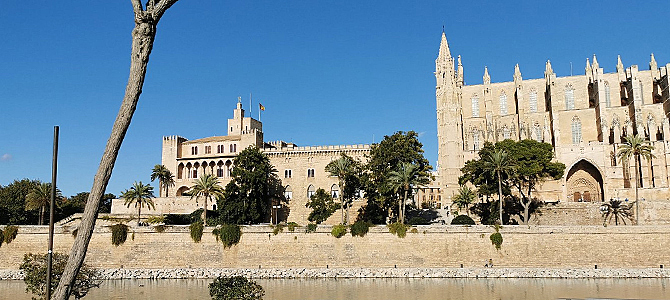
- Menorca: Declared a UNESCO Biosphere Reserve, it celebrates Balearic Islands Day with a focus on its rich cultural heritage and natural environment. The craft markets are a must, where you can find local products such as Mahón cheese, traditional footwear and handmade jewellery. One of the highlights are the equestrian shows, which pay homage to Menorca’s deep connection with horses. In addition, the traditional fiestas, with typical music and dances, offer an authentic insight into island life.
- Ibiza: Known worldwide for its nightlife, Ibiza shows its most cultural side during Balearic Islands Day. In Dalt Vila, the walled old town of Ibiza Town, cultural events are organised, including exhibitions, concerts and workshops. The hippy markets, a legacy of the 1960s, are another must-see attraction, where you can find clothes, handicrafts and ecological products. For sports enthusiasts, the island offers activities such as equestrian competitions and sailing regattas, which allow you to enjoy the stunning coastal scenery.
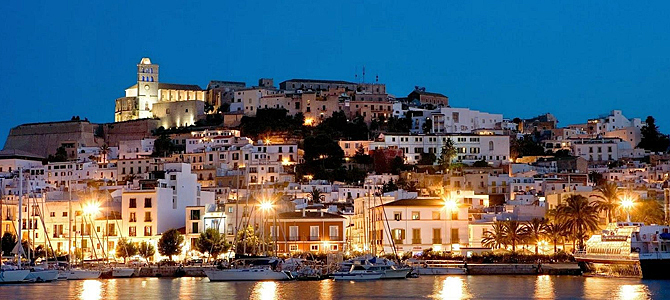
- Formentera: The smallest of the Balearic Islands, Formentera celebrates the holiday with a more relaxed, family atmosphere. The open days at museums and cultural centres are an excellent way of getting to know the island’s history and traditions. There are also sporting events, such as popular races and basketball tournaments.
Getting around the Balearic Islands
Transportation between the islands is easy thanks to ferries and internal flights. From Mallorca, Menorca, Ibiza and Formentera can be reached in less than an hour. For those who prefer a more relaxed experience, ferries are an excellent option, with frequent connections and affordable prices.
Essential places to visit in the Balearic Islands
Mallorca: history and landscapes
- Palma Cathedral (La Seu): Majestic Gothic temple overlooking the sea, famous for its impressive rose window and the architectural interventions of Gaudí and Miquel Barceló.
- Bellver Castle: Unique circular fortress in Spain, located on a hill with panoramic views of Palma and its bay. Its history and museum make it a fascinating place to learn about the evolution of the island.
- The Serra de Tramuntana: Declared a UNESCO World Heritage Site, this mountain range offers spectacular hiking routes, charming villages such as Valldemossa and Deià, and breathtaking viewpoints. Among its most emblematic places are the Torrent de Pareis and the Sa Calobra road, famous for its curves and breathtaking landscapes.
Menorca: nature and tradition
- The port of Mahón: Considered one of the largest natural harbours in the Mediterranean, it is noted for its vibrant gastronomic offer, boat trips and historic buildings such as the Fortress of La Mola.
- The beaches of Cala Turqueta, Macarella and Mitjana: Some of the most paradisiacal coves on the island, with turquoise waters and surrounded by unspoilt nature.
- The Camí de Cavalls: An ancient path that surrounds the island and allows you to explore its spectacular coastal and rural landscapes on foot, by bicycle or on horseback.
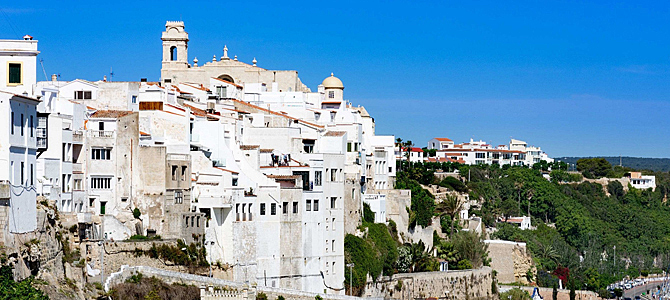
Ibiza: beaches and bohemian atmosphere
- Dalt Vila: Ibiza’s walled old town, a UNESCO World Heritage Site, with cobbled streets, stunning sea views and a history dating back to Phoenician times.
- The beaches of Cala Comte, Cala Bassa and Benirrás: Ideal beaches to enjoy the sun and magical sunsets. In Benirrás, the sunset is accompanied by the sound of drums, creating a unique experience.
- Las Dalias hippie market: An iconic cultural space where you can find crafts, bohemian clothing, jewellery and gastronomy, evoking the alternative essence of Ibiza in the 1960s.
Formentera: relaxation and disconnection
- Ses Illetes: Considered one of the most beautiful beaches in Europe, with white sand and waters reminiscent of the Caribbean. A protected natural environment ideal for relaxation.
- La Mola Lighthouse: An emblematic corner of the island, located on an imposing cliff. Its magical atmosphere inspired writers such as Jules Verne, who mentioned it in his novel Hector Servadac.
- Cycling routes: Formentera is ideal for cycling, with paths that cross rural landscapes, old mills and hidden coves, allowing a unique connection with nature.
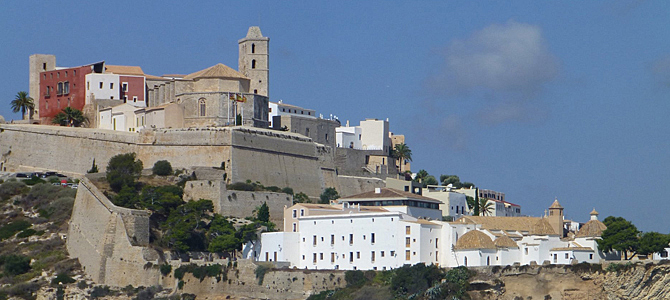
For travellers, Balearic Islands Day is a unique opportunity to discover the authenticity of the archipelago. Away from the summer crowds, March offers mild weather, with temperatures between 15 and 20 degrees Celsius, and a packed agenda of events to explore the heart of these islands. From gastronomic fairs to horse shows, craft markets to cycling routes, Balearic Islands Day is an invitation to live an unforgettable experience.

